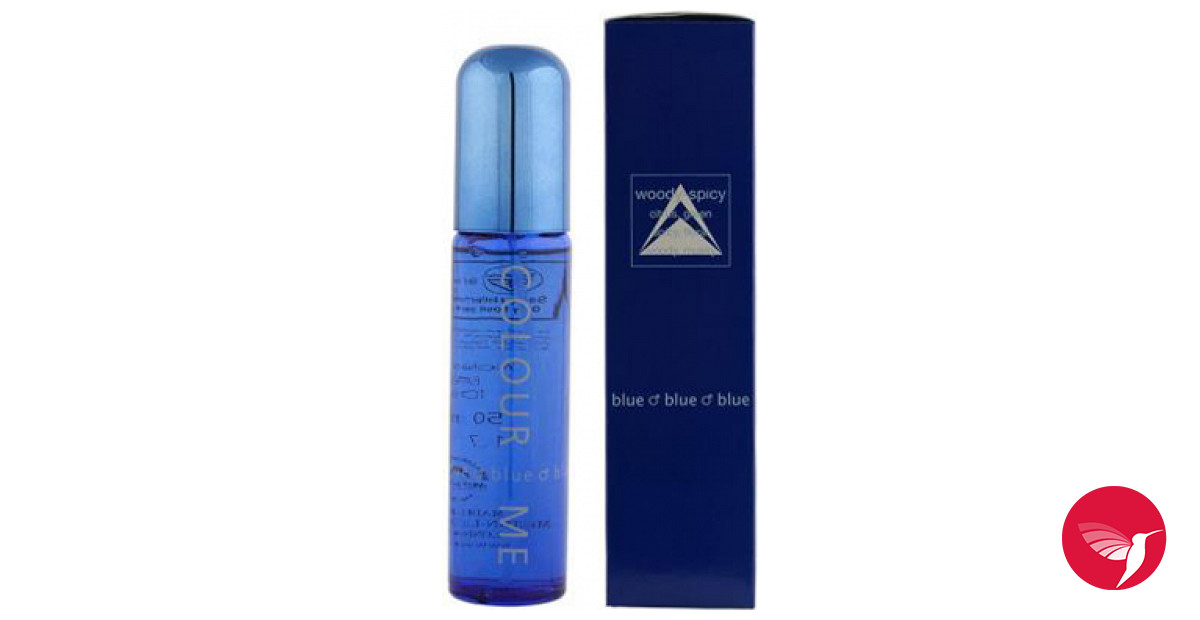

But you should trim any dead, dying, or diseased branches when you notice them.Sprinkle elemental sulfur over the soil. You do not have to prune your Endless Summer Hydrangea, because they can bloom on both old and new growth.

Slow-release fertilizer is encouraged, but a fast-release balanced fertilizer with an NPK value of 10-10-10 will also work. Fertilizingįertilize your Endless Summer Hydrangea once in spring or summer with a specially formulated fertilizer. You should water your Endless Summer Hydrangea routinely each week, up to twice a week during the hotter months. For pinker, amend it to more alkaline, as needed. For a bluer shade, make sure your soil is acidic. The key thing to remember about soil is that the level of acidity or alkalinity will determine the color-from blue to purple to pink. SoilĮndless Summer Hydrangeas can grow in a range of soils but need moisture to flourish. It’s best if they receive sun in the morning and shade in the afternoon. Sun and shadeĮndless Summer Hydrangeas thrive in partial shade, or roughly four hours of direct, unfiltered sunlight per day.
#COLOR ME BLUE SULFUR FULL#
Growing ConditionsĮndless Summer Hydrangeas actually enjoy partial shade to full sun and are able to bloom on both old and new growth from spring through summer or early summer to fall, depending on the climate you live in. For a garden border, space them out four feet apart. If you’re planting your Endless Summer Hydrangeas as foundation plants, space them eight feet apart from each other from the center. Once it drains away, finish filling in the rest of the soil. Stop halfway and pour water into the hole until it rises to the top. You want your plant to be just slightly higher than the level of the surrounding soil.īegin to backfill the hole with soil. If you’re more interested in bold pinks, amend it with lime.ĭig a hole twice the width of your Endless Summer root ball and roughly its depth. For bluer blossoms, you can amend your soil with sulfur. You want to give them time to establish a healthy root system before the blooming season begins.Ĭhoose a sheltered planting site that receives partial shade-ideally, sun in the mornings and shade in the afternoon.īefore planting, decide what color Endless Summer Hydrangea blossoms you want.

Plantingįall or early spring are the best times to plant Endless Summer Hydrangeas. However, in warmer climates, they should receive minimal afternoon sun.

They are cold-hardy enough to withstand frost and can tolerate some heat. Endless Summer Hydrangeas grow in Zones 4-8, able to thrive in more parts of the country than other hydrangea varieties. USDA Hardiness Zones indicate the regions where plants can grow based on minimum winter temperatures. The more acid the soil, the bluer, and the more alkaline the soil, the pinker the flowers are.Įndless Summer Hydrangeas are compact, growing 3-4 feet tall with a 3-4 foot spread. Shades range from deep blue to light lavender to soft mauve to vivid pink. You can choose from a range of colors, depending on the alkalinity or acidity of your soil. Its dark green leaves range from 4-8 inches long, and its stunning blooms are showy mopheads nearly 8-10 inches in diameter. The Endless Summer Hydrangea is a shrub, growing in a rounded shape. Prefer partial shade in warmer climates.Long blooming period from summer to fall.You can even customize your Endless Summer Hydrangea, adjusting the soil pH to yield either vivid blue, pale lavender, soft mauve, or deep pink mophead blooms.Īs a cold-hardy specimen, Endless Summer Hydrangeas can even tolerate frost-making them ideal for gardens beyond the South. They can grow their enormous, bold flowers on both old and new wood-making for an exceedingly long blooming season and the potential for reblooms. Endless Summer Hydrangeas are unique, taking the traditional hydrangea to the next level.


 0 kommentar(er)
0 kommentar(er)
